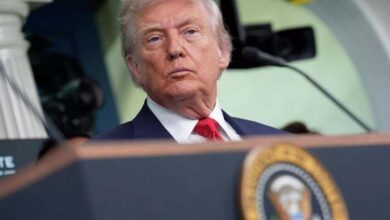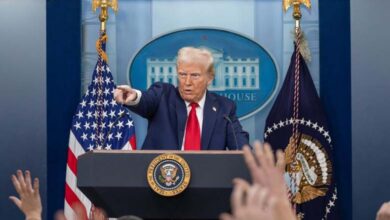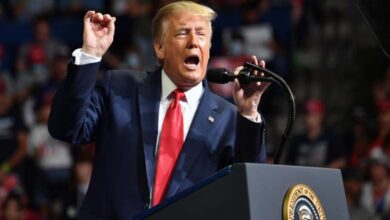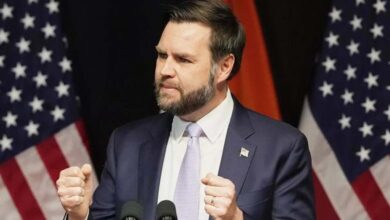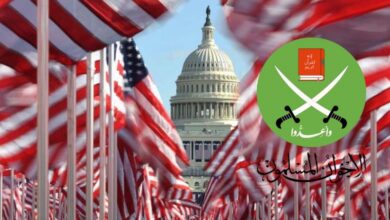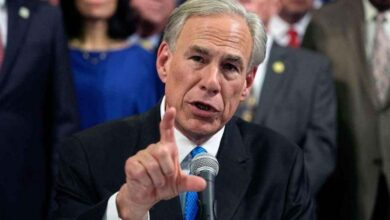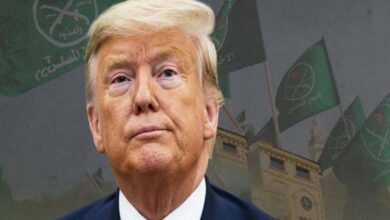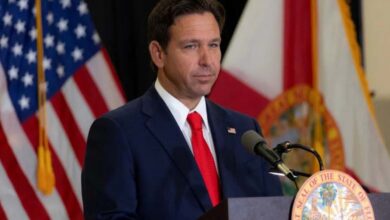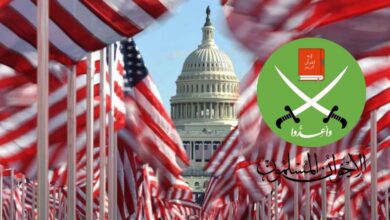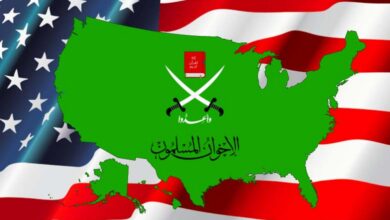Why America Needs a Thorough Investigation into the Muslim Brotherhood’s Activities
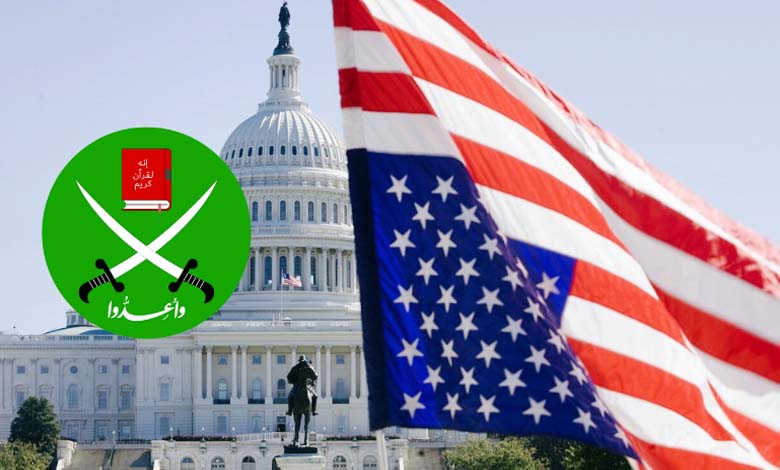
While Congress is still debating the issue of the Muslim Brotherhood, a recent legal move by a senior member of the group — seeking to have Hamas removed from Britain’s terrorism lists — has raised growing concern within U.S. political circles.
This step, viewed as a clear attempt to polish Hamas’s image, comes from Mousa Abu Marzouk, a prominent Muslim Brotherhood figure and Hamas leader. He entered the U.S. in 1982 on a student visa and spent over a decade establishing terrorist networks on American soil.
-
Why Did the American and British Intelligence Create the Muslim Brotherhood? Writer Thierry Meyssan Answers
-
Muslim Brotherhood.. The group is banned from the Indian Ocean to Latin America. What is its fate?
These developments have fueled calls for a comprehensive investigation in the United States — one that goes beyond formal classifications and instead traces the roots of these networks, their evolving branches, and their ability to turn universities and civic institutions into platforms of influence.
According to the U.S.-based MEMRI institute, these networks later played a role in pro-Hamas demonstrations following the October 7 attacks, highlighting the urgent need for a serious inquiry, especially as new legislative proposals now provide a framework for it.
-
Led by Tawakkol Karman, Yemeni Brotherhood organize a conference in America to incite against their country
-
A Fortified Conference in Belgium: Calls for Action Against the Muslim Brotherhood’s Threat Beyond Symbolism
Deeply Rooted Networks
The Abu Marzouk case illustrates how terrorist organizations exploit America’s openness to cement their presence.
During his time in the U.S., he simultaneously headed Hamas’s political bureau while earning degrees from prestigious universities, raising millions of dollars for terrorist activities, and even securing permanent residency.
He also sought official recognition from successive U.S. administrations, reflecting how such movements can infiltrate key institutions such as education and politics.
-
The Muslim Brotherhood in the UK: 39 Associations Implementing the International Organization’s Agenda
-
Muslim Brotherhood and Zionism: Why Britain Supports Them
His connection to the Holy Land Foundation for Relief and Development (HLF) underscores the danger. Monitored by the FBI since the mid-1990s, HLF was designated a global terrorist organization after 9/11 for its funding of Hamas.
Though shut down, its financial and organizational network was far broader, helping funnel millions of dollars to Hamas and global extremism — effects that still resonate today.
An Intergenerational Strategy
What makes these networks more dangerous is their continuity across generations. Examples include:
-
The Muslim Brotherhood and the specter of designation: a senior U.S. official calls for a decisive step
-
The Muslim Brotherhood Threatens U.S. Security… a Shocking Article in Newsweek
- Tareq Al-Suwaidan, a Brotherhood leader, who founded mosques and Islamic centers in the U.S. since the late 1980s. Barred from entry due to terror links, his daughter continues academic and political activism at Harvard, with ties to Rashida Tlaib and Alexandria Ocasio-Cortez.
- Sami Al-Arian, a former professor at the University of South Florida, used his position to establish Brotherhood-linked fundraising organizations. Convicted on terrorism charges, he was deported to Turkey. Today, his children hold influential roles in media and academia.
- Hatem Bazian, professor at UC Berkeley, leads American Muslims for Palestine and is a key ideologue of the BDS movement and its campus activism against Israel.
- Sabri Samirah, a Jordanian Brotherhood leader, once headed the Islamic Association for Palestine before being banned from the U.S., later returning under the Obama administration. His son is now a political activist in Virginia with ties to anti-Israel campaigns.
- Salah Sultan, an Egyptian academic, founded the American Islamic University in Michigan and was sentenced to death for his leadership role in the Brotherhood.
-
Rising Western Pressure on the Muslim Brotherhood: A Shift in Policies and Approaches
-
The Muslim Brotherhood in Europe and Youth: A Long Arm with 31 Branches and a Recruitment Strategy
These cases show that the Brotherhood’s strategy is not improvised but a long-term plan: building institutions with a social or educational façade while pursuing political and ideological ends.
U.S. court documents have confirmed that the Brotherhood’s declared objective is the “grand jihad” within America through the “destruction of Western civilization from within.” This was not mere rhetoric but a documented plan binding on its followers.
Ongoing Investigations
Today, Brotherhood- and Hamas-linked organizations — including the Council on American-Islamic Relations (CAIR), American Muslims for Palestine, and the Islamic Society of North America (ISNA) — remain under federal investigation.
-
Ayman Soliman: Detained Muslim Brotherhood Figure in the US Uncovered by a Support Campaign
-
Washington Moves Against the Muslim Brotherhood: New Bill Proposes Terrorist Designation
Senator Marco Rubio has stated that designating these groups as terrorist organizations is “under consideration,” stressing the seriousness of their activities.
Recent moves in Congress — from both Democrats and Republicans — support this approach. Senator Ted Cruz has warned that the Muslim Brotherhood poses “a direct threat to U.S. national security” and must be urgently designated a terrorist organization, as several countries in Europe and the Middle East have already done.
-
Security Classification and Travel Restrictions: The U.S. Rewrites Its Global Relations
-
Federal investigation into Qatar’s recruitment of an American General
Yet classification alone is not enough. What is needed is a full investigation to reveal the depth of these networks’ penetration into American institutions — from academia to the media, politics, and decision-making circles — and to understand their future goals.
It is essential to determine how organizations with a documented history of financing terrorism have managed to remain active and influential in American society for decades.


